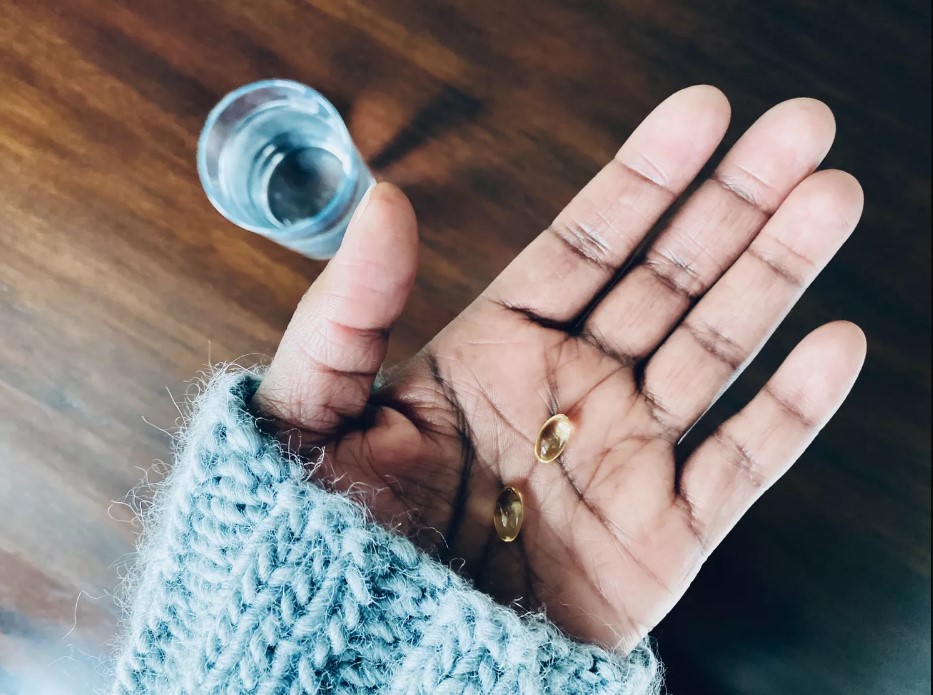How to Ensure Your Vitamin D Supplement is Absorbed Most Effectively for Maximum Health Benefits

Vitamin D is a vital nutrient for the human body that plays multiple roles, from strengthening the bones to boosting immunity. While it is essential to consume a proper amount of vitamin D, the question remains whether it is possible to consume too much of it. Recent discussions have focused on the effects of a large dosage of vitamin D, particularly the weekly dosage, rather than the traditional daily dose. Despite the debate, most experts recommend a smaller daily dose. However, finding the correct dose is essential as it varies from person to person.
According to the National Institutes of Health Office of Dietary Supplements, adults aged 19-70 should consume 600 International Units (IU) or 15 micrograms of vitamin D per day. The maximum amount considered safe for adults is 4,000 IU. However, several OTC supplements vary in dosages from hundreds to over 5,000 IU, which can cause confusion. One reason for the variation is that different studies show that higher doses of vitamin D can result in positive health outcomes for certain groups.
A 2023 meta-analysis found that high weekly doses of vitamin D up to 21,000 IU reduce intensive care unit hospitalization and death in COVID-19 patients. In a 2018 study, pregnant women deficient in vitamin D3 were given either 1,000 IU daily or 50,000 IU weekly. The group that received the high weekly dose had no adverse side effects and showed higher levels of vitamin D in their blood after ten weeks.
However, most in the medical community remain cautious about recommending higher weekly doses of vitamin D to the general population. Dr. Nate Wood, Instructor of General Medicine at Yale Medicine, advises patients who require vitamin D supplements to take a small daily dose, while a larger weekly dose is only prescribed for patients who are severely deficient in vitamin D, in the short-term.
Vitamin D deficiency is prevalent in the US, with approximately 41% of the population suffering from vitamin D insufficiency, particularly women, non-Hispanic Black Americans, and people aged 20-29. Although vitamin D is readily available from the sun and certain foods like salmon, tuna, egg yolks, fortified cereals, and certain mushrooms, the median intake of vitamin D from food and supplements in women aged 51-71 is 308 IU daily, with only 140 IU coming from food.
Vitamin D deficiency can lead to symptoms like fatigue, muscle weakness, and bone pain. However, vitamin D levels can only be determined by a blood test. If levels are sufficient (50 nmol/L or above), your doctor may not recommend vitamin D supplementation. For lower levels, a daily dose of vitamin D is recommended, particularly for patients who don’t spend much time in the sun, take a daily multivitamin, or regularly eat foods fortified with vitamin D.
Dr. Levitan recommends taking vitamin D with a meal that contains some fat, as it is one of only four vitamins that require fat to be absorbed. However, the best time of day to consume vitamin D supplements remains unclear. It may work best at whatever time works for the individual and helps them stick to their routine.
Finally, if you decide to consume vitamin D supplements, there are numerous options available, including pills, chewables, liquids, and sunlamps. It is essential to choose high-quality supplements that have third-party testing labels, indicating that the product contents have been verified by an outside organization. Third-party testing companies include NSF, USP, BSGC, and Informed-Sport.


